Body
(Re)colonizing Tradition
A Pedestrian Guide to a "Traditional" City
Welcome to Bhaktapur
[1] The Tea Stall at Guhepukhu
[2] Nava Durga Chitra Mandir
[3] Khauma Square
[4] Tourist Motor Park
[5] Indrani Pitha
[6]Lasku Dhwakha Gate
[7]Char Dham
[8]Cafe de Temple
[9]Batsala Temple
[10] Batsala Temple
[11] City Hall
[12] The Procession Route
[13] Pujari Math
[14] The Peacock Restaurant
[15] Sewage Collection Ponds
[16] Bhairavanath Temple
|
[12]The Procession Route as Oppositional Stage:
Demonstrations ( Julus ) and General Strikes (Bands)
Down with the Panchyat System! The People will not be oppressed! Tyranny will not last! Long live the Multiparty System! Make the General Strike of the 19th Successful!
--Political poster distributed on Phalgun 17th18th, 2046VS
(Khanal et al., 2028)
|
 The oppositional space of city, is not so much an emplotment, as a disruption of the government map. While one could argue that the desire for self-government stretches back to the time when Bhaktapur was its own city state (before 1769), evidence for modern progressive oppositional politics begins only 60 years ago, and culminates in the Hyo(n)ju Incident, which is still a defining moment in Bhaktapurıs political imagination. One of the major ways that people generate political power is through demonstrations ( julus)), and general strikes (bands) which can be traced in Nepalıs Peopleıs Movement. Many of the political demonstrations proceeded along Bhaktapurıs festival route. From where you are standing, walk north. You are now moving along the cityıs Sa(n)-La (n ) (Cow Path ) which
circumambulates the city. The oppositional space of city, is not so much an emplotment, as a disruption of the government map. While one could argue that the desire for self-government stretches back to the time when Bhaktapur was its own city state (before 1769), evidence for modern progressive oppositional politics begins only 60 years ago, and culminates in the Hyo(n)ju Incident, which is still a defining moment in Bhaktapurıs political imagination. One of the major ways that people generate political power is through demonstrations ( julus)), and general strikes (bands) which can be traced in Nepalıs Peopleıs Movement. Many of the political demonstrations proceeded along Bhaktapurıs festival route. From where you are standing, walk north. You are now moving along the cityıs Sa(n)-La (n ) (Cow Path ) which
circumambulates the city.
  
|
Maps
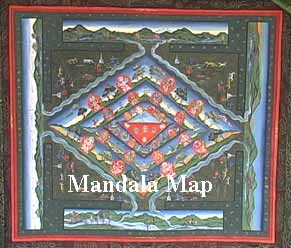
Mandala Map
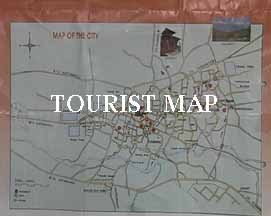
Tourist Map

Government
Map
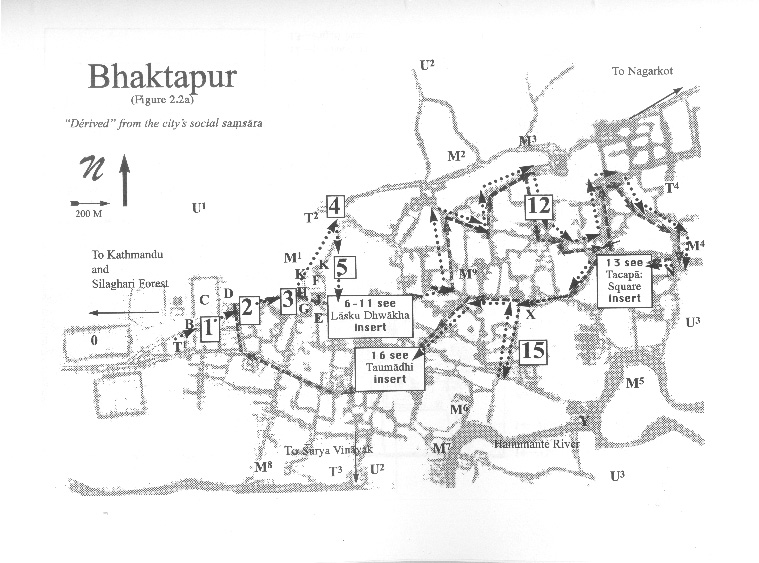
Pedestrian
Tour Map
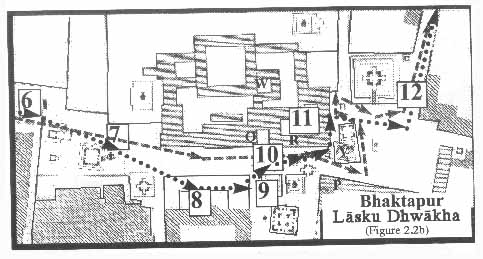
Bhaktapur
Durbar Square
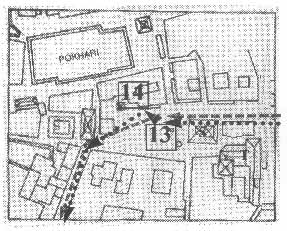
Tacapa Map
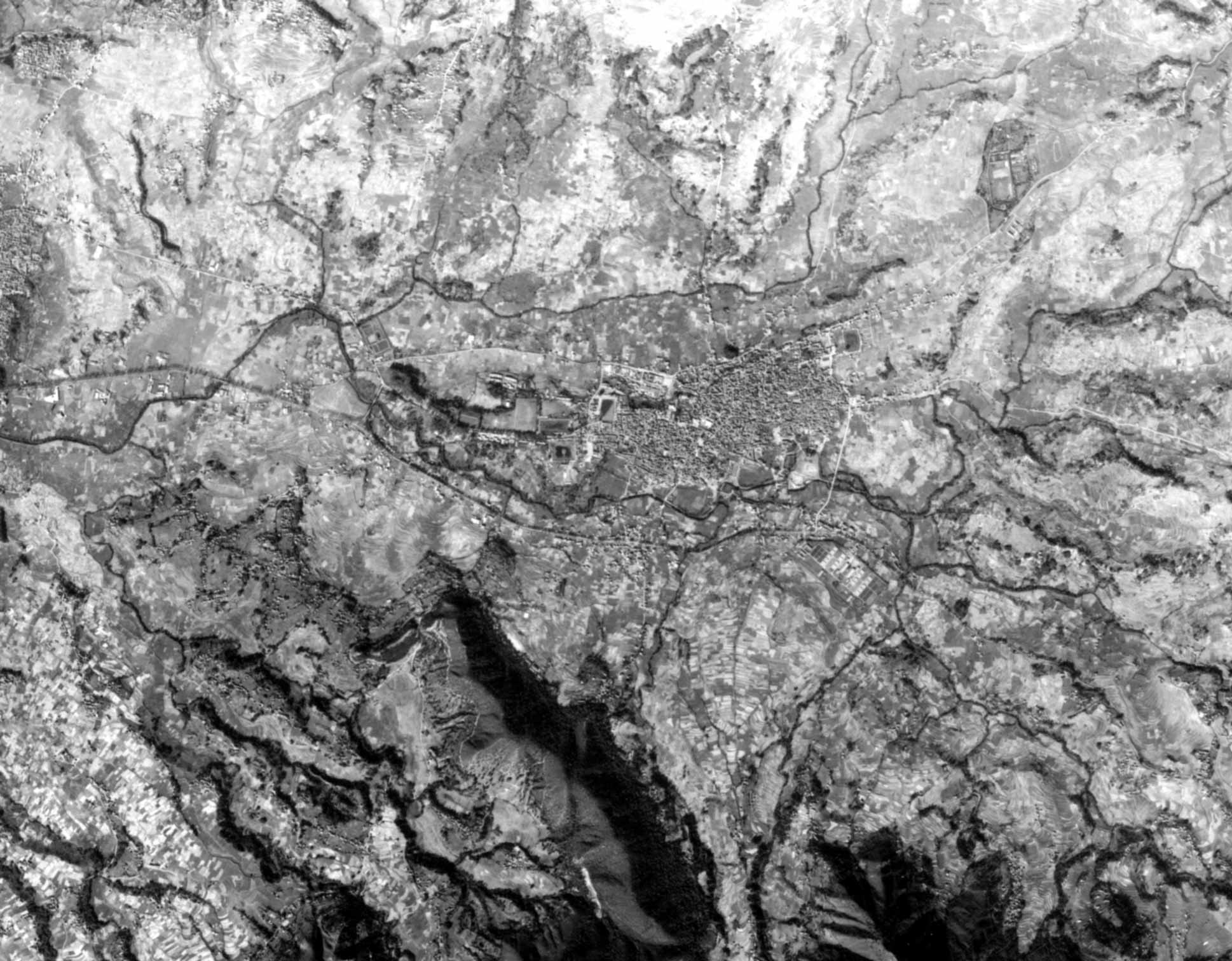
Satellite
Photograph
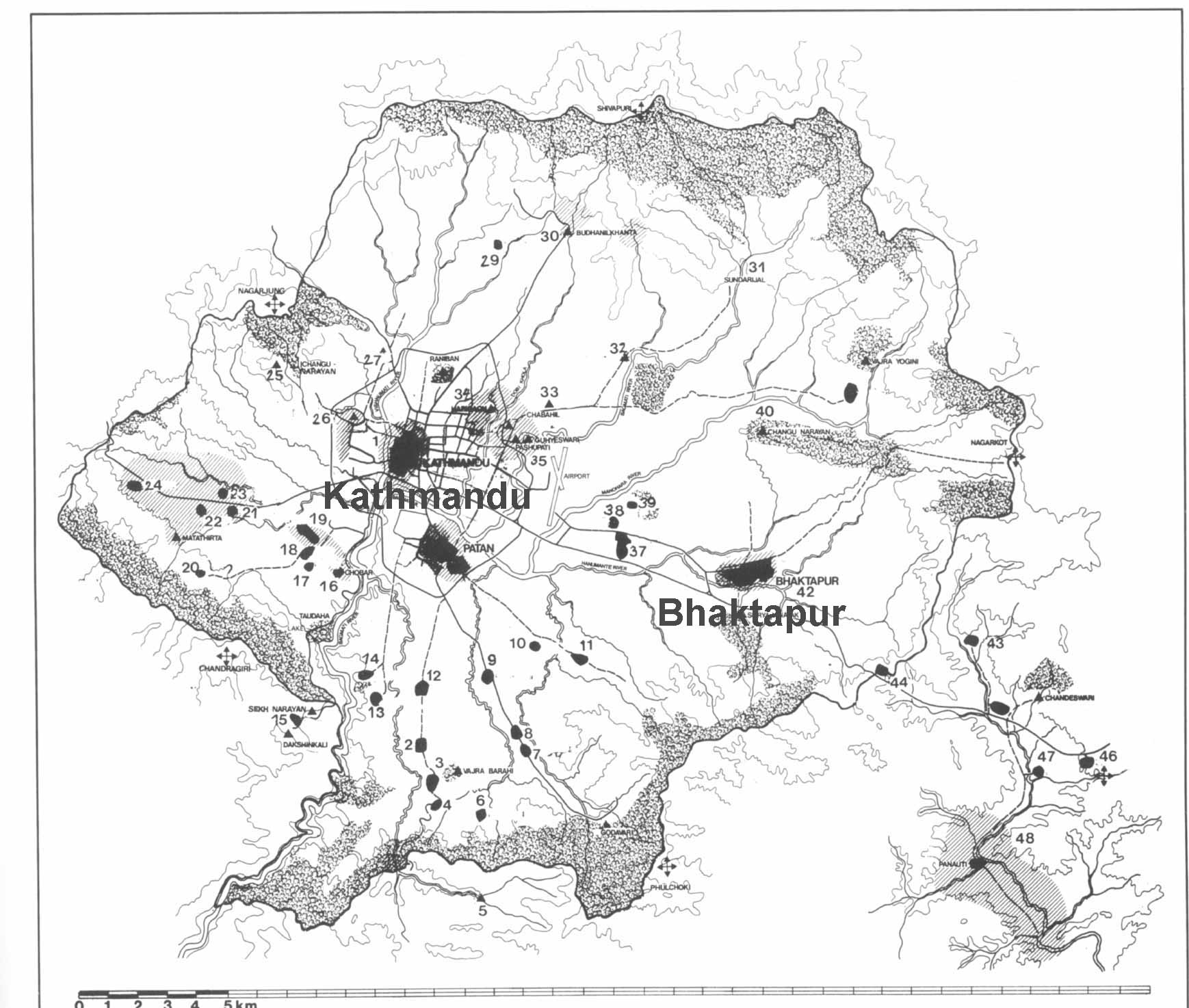
Kathmandu
Valley
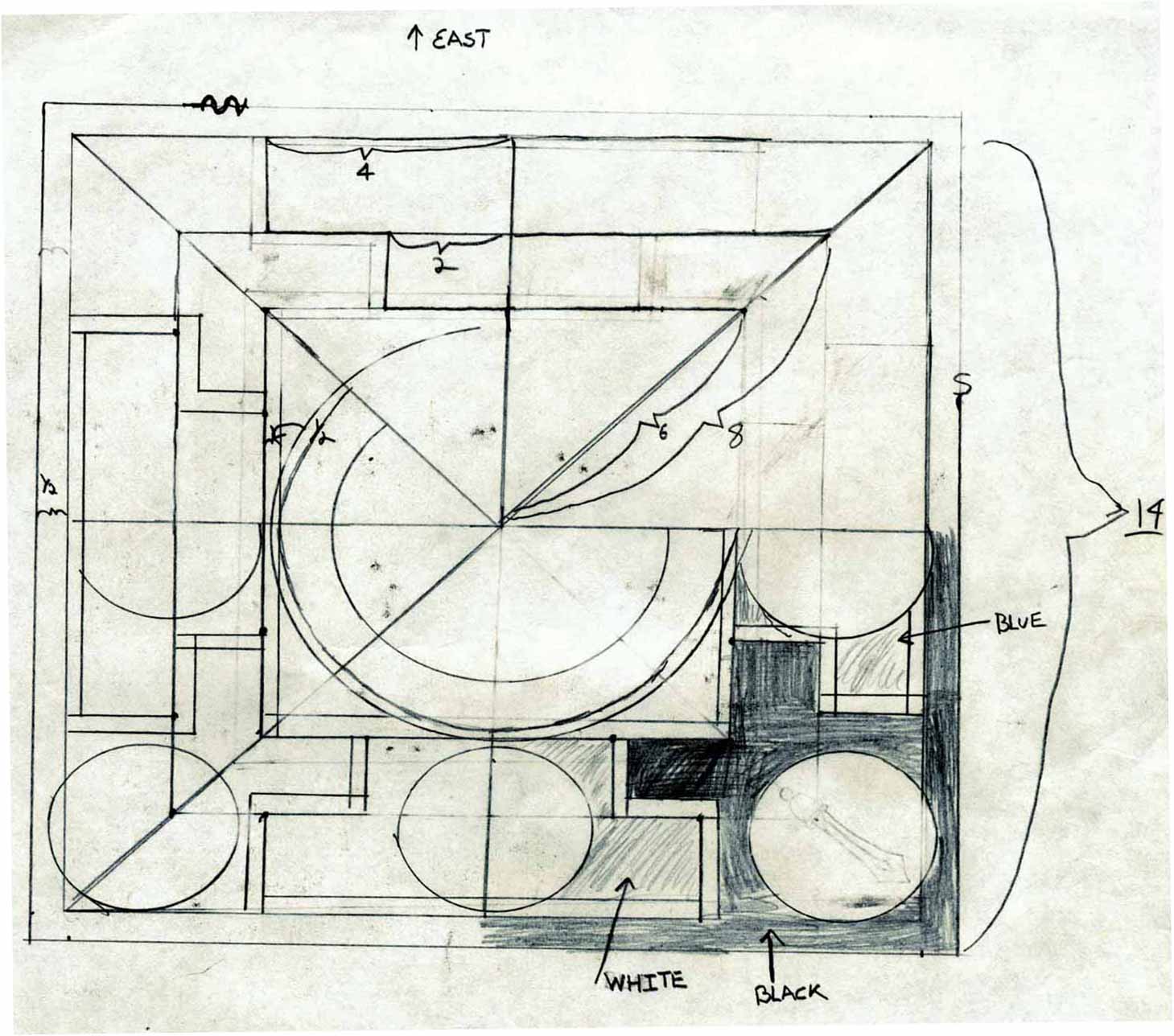
Goddesses
|